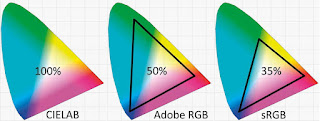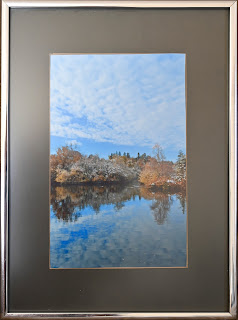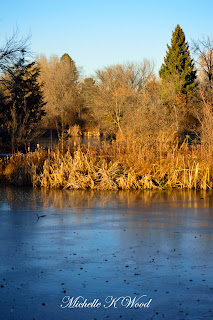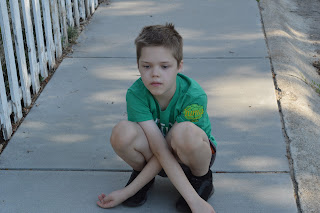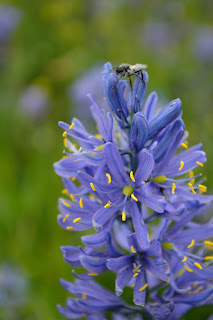It may seem like a funny question. Landscape orientation, in which your photo is wider than it is tall, is for landscapes, right? Portrait orientation in which your photo is taller than it is wide, is for, well, portraits and people! I invite you to try new things! Especially if there is a particular landmark feature you're trying to highlight in your composition. Honestly, I thought everyone did this but I'm learning it's rare that photographers turn their cameras on the side and take landscape photos in portrait orientation. Here are two photos of the same landscape, one in landscape orientation and one in portrait. Check them out and see what you think! If it looks like something fun to play with, try it next time you're out! Composition tip: The way to get that sapphire colored water, actually it's ice in these photos...not editing in post! It's in the timing: be on location in the late afternoon or evening, take the photo when the sun is behind you and...
